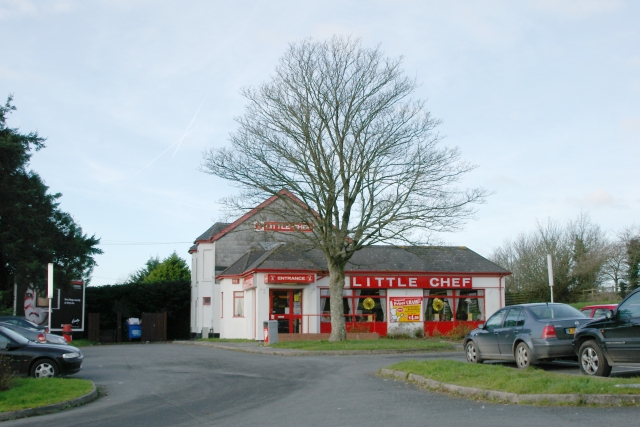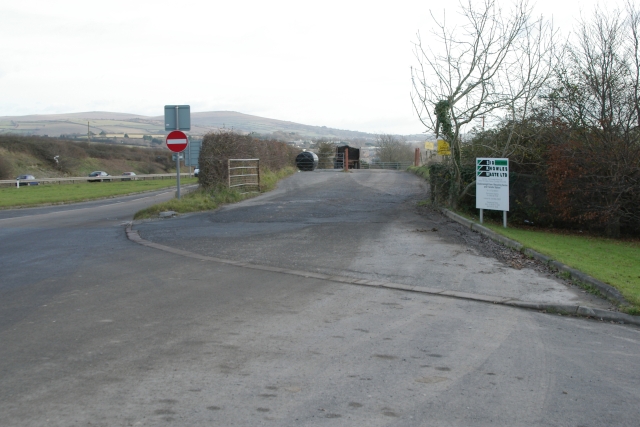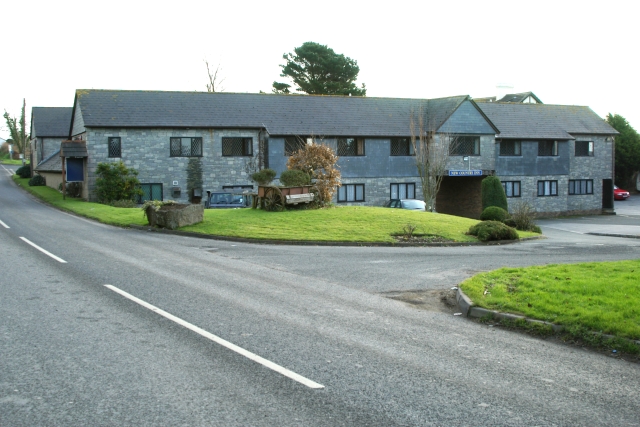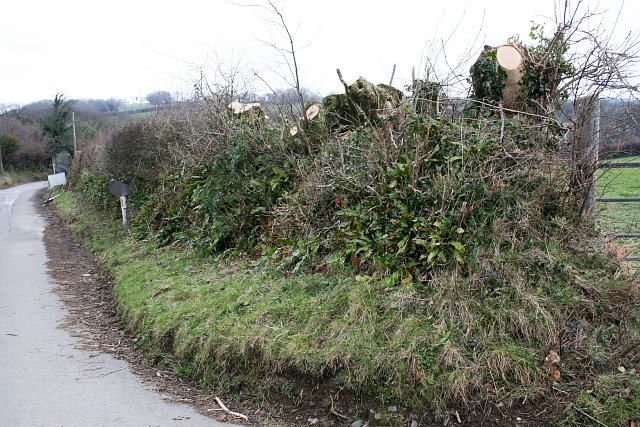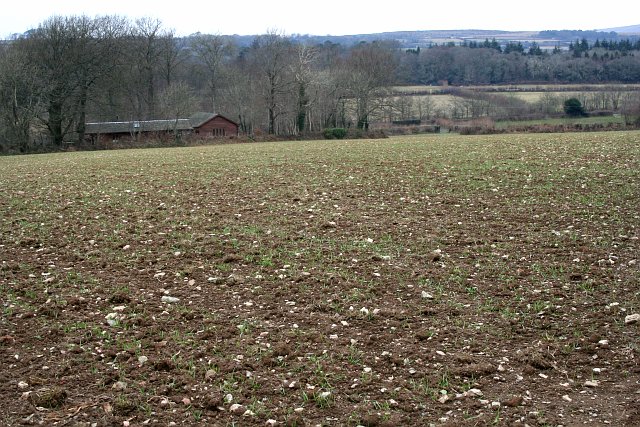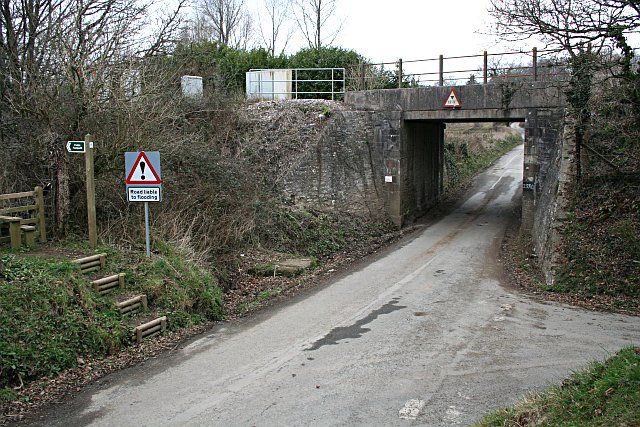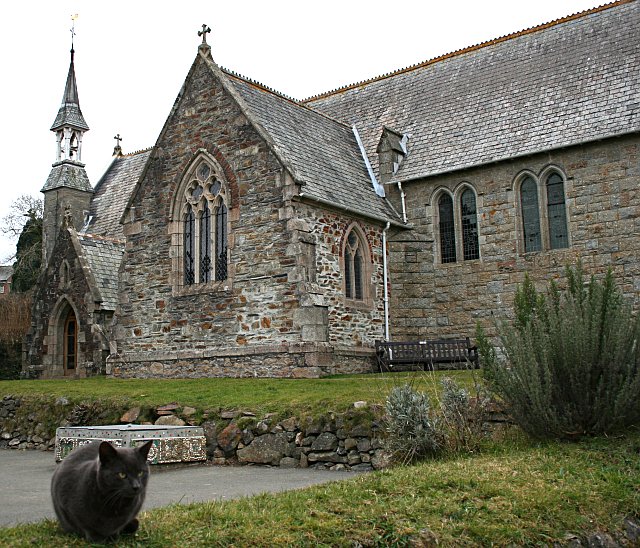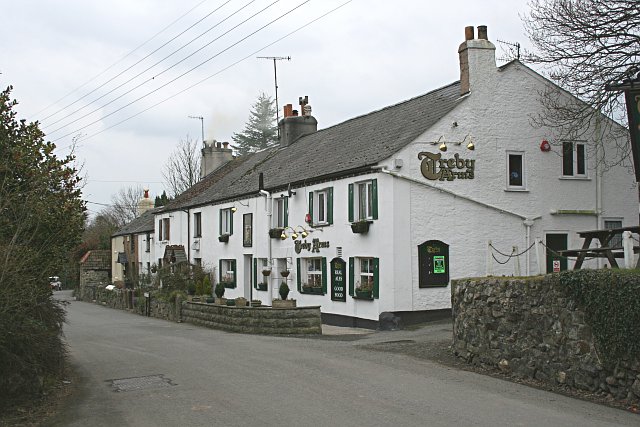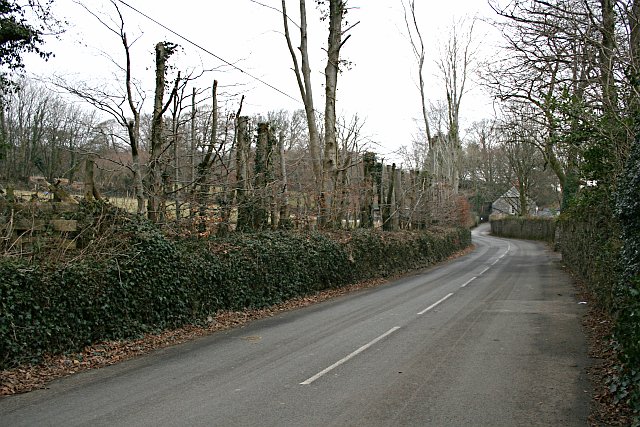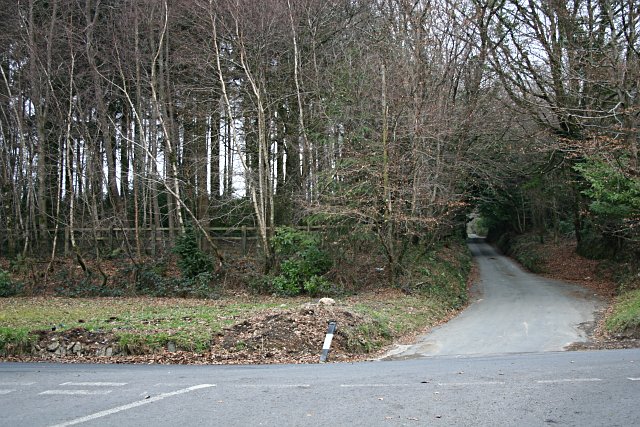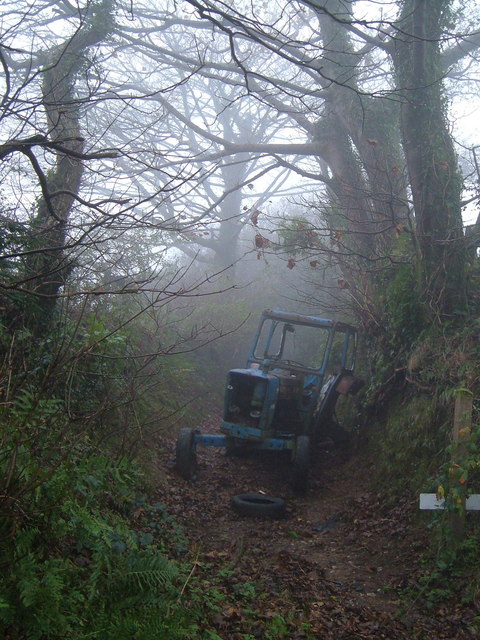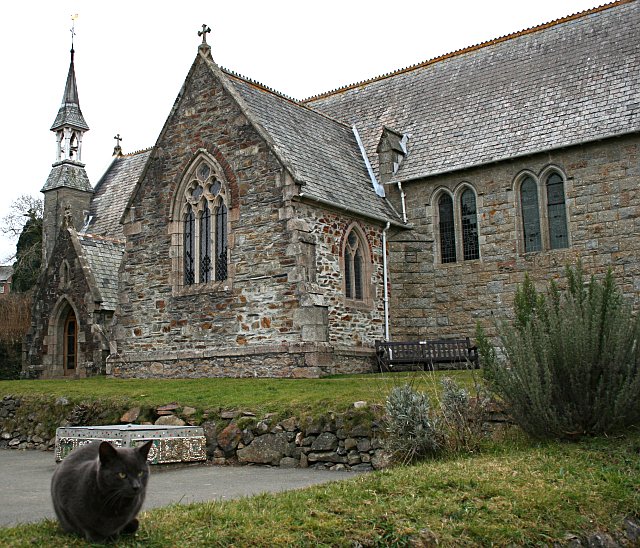Venton
Settlement in Devon South Hams
England
Venton
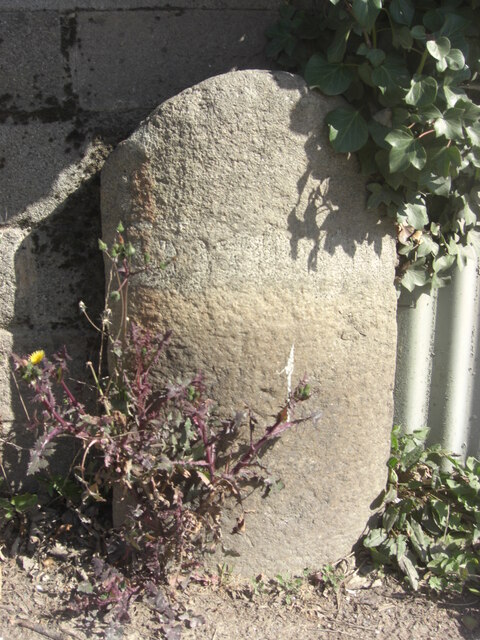
Venton is a small village located in Devon, England. Situated near the town of Okehampton, Venton is known for its picturesque countryside and tranquil atmosphere. The village is surrounded by rolling hills and lush green fields, making it an ideal destination for those looking to escape the hustle and bustle of city life.
Venton is home to a tight-knit community, with a population of only a few hundred residents. The village has a charming village hall, a quaint church, and a small primary school. There are also a few local businesses, including a cozy pub and a small convenience store.
The surrounding area offers plenty of opportunities for outdoor activities such as hiking, cycling, and fishing. Venton is also located near the Dartmoor National Park, providing residents and visitors with access to stunning natural landscapes and wildlife.
Overall, Venton is a peaceful and idyllic village that offers a true taste of rural English life. Its friendly residents, stunning scenery, and proximity to nature make it a popular destination for those seeking a quiet and relaxing retreat.
If you have any feedback on the listing, please let us know in the comments section below.
Venton Images
Images are sourced within 2km of 50.39443/-3.9883973 or Grid Reference SX5856. Thanks to Geograph Open Source API. All images are credited.

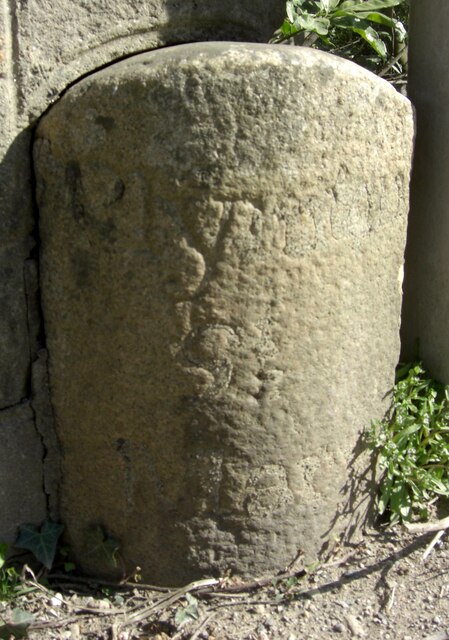
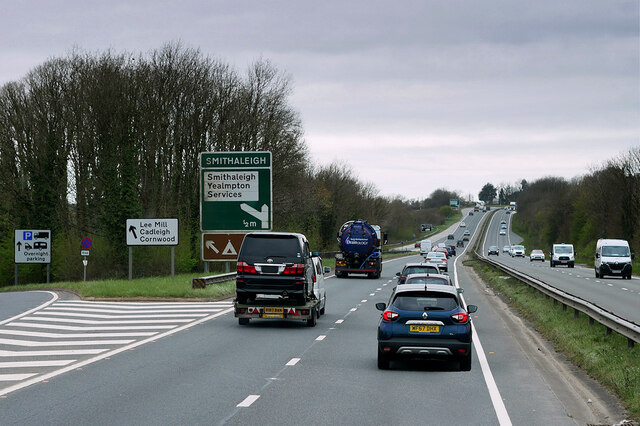
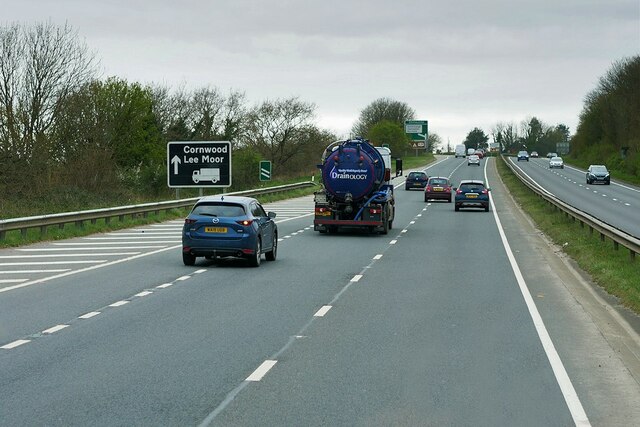
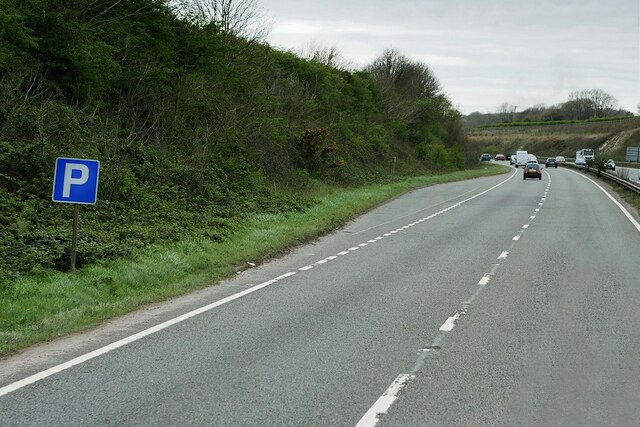

Venton is located at Grid Ref: SX5856 (Lat: 50.39443, Lng: -3.9883973)
Administrative County: Devon
District: South Hams
Police Authority: Devon and Cornwall
What 3 Words
///cycles.bookshop.imparts. Near Ivybridge, Devon
Nearby Locations
Related Wikis
South West Devon (UK Parliament constituency)
South West Devon is a constituency represented in the House of Commons of the UK Parliament since 1997 by Sir Gary Streeter, a Conservative. == Boundaries... ==
Sparkwell
Sparkwell is a small village and civil parish in the South Hams district of Devon. Historically it was part of Haytor Hundred.Its local Anglican church...
Dartmoor Zoological Park
Dartmoor Zoological Park (originally Dartmoor Wildlife Park) is a 30-acre (12 ha) zoo just north of the village of Sparkwell, on the south-west edge of...
Langage Power Station
Langage Power Station is a combined-cycle power plant near the city of Plymouth in Devon, England. Centrica, the original owners of the site, announced...
Nearby Amenities
Located within 500m of 50.39443,-3.9883973Have you been to Venton?
Leave your review of Venton below (or comments, questions and feedback).

